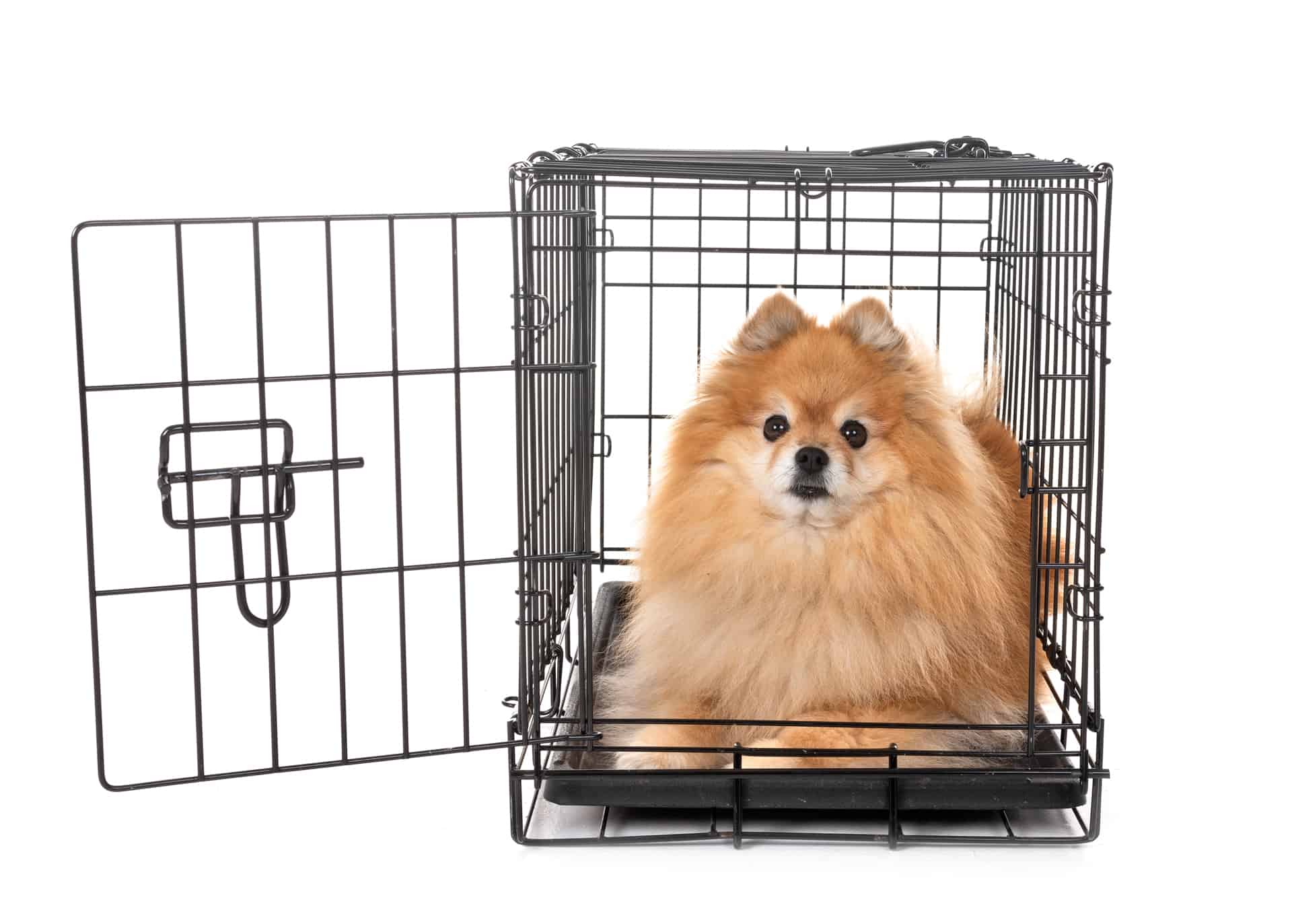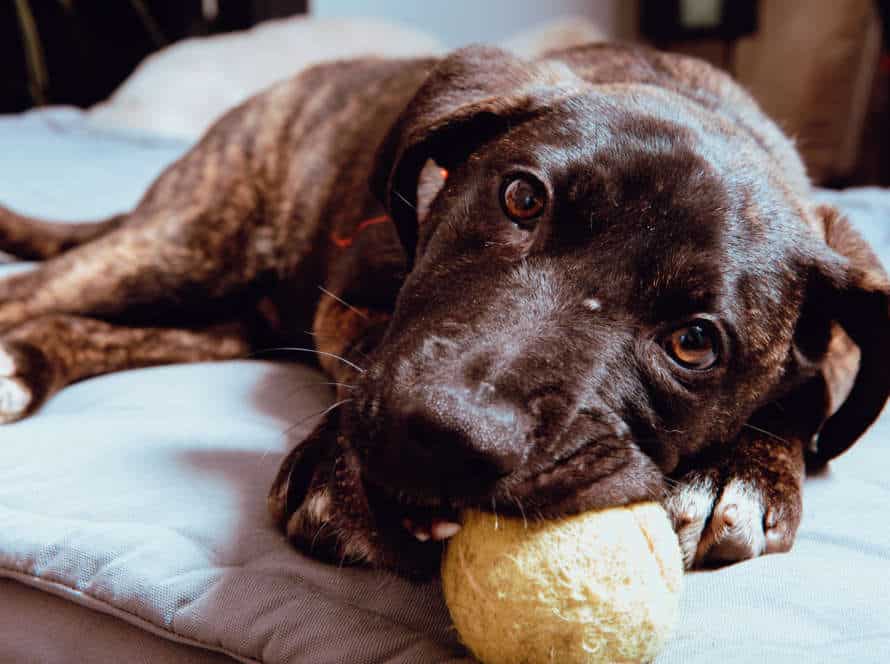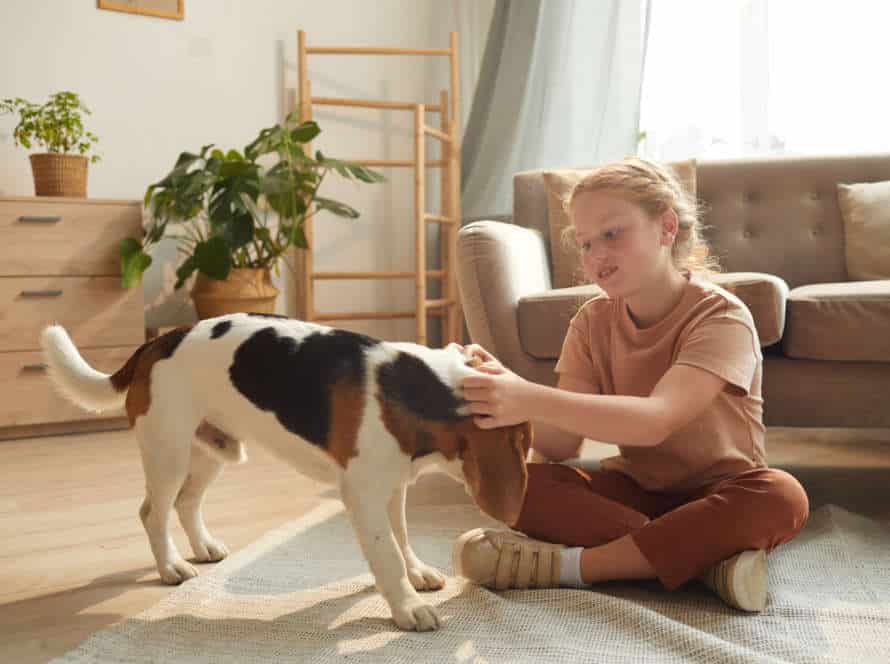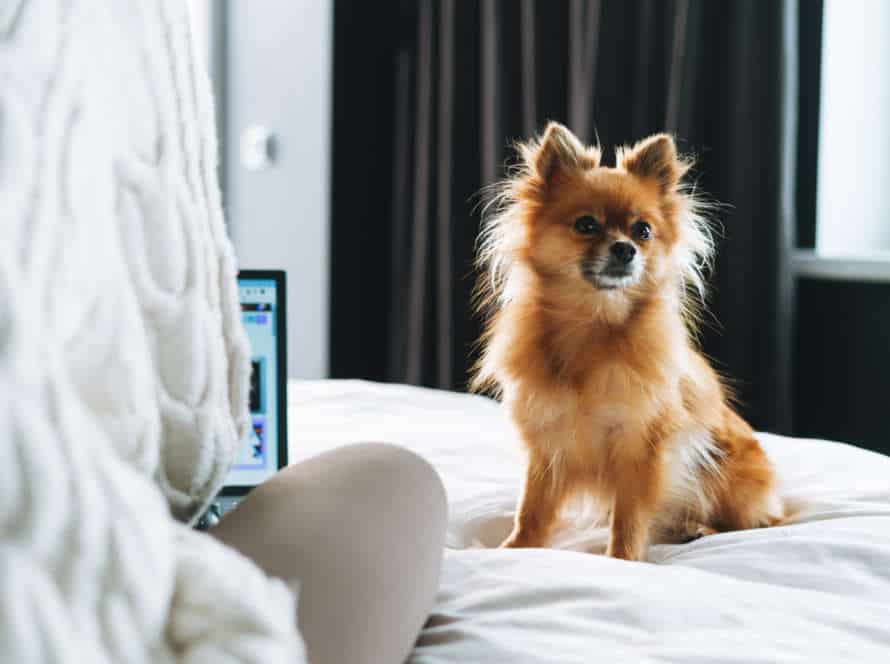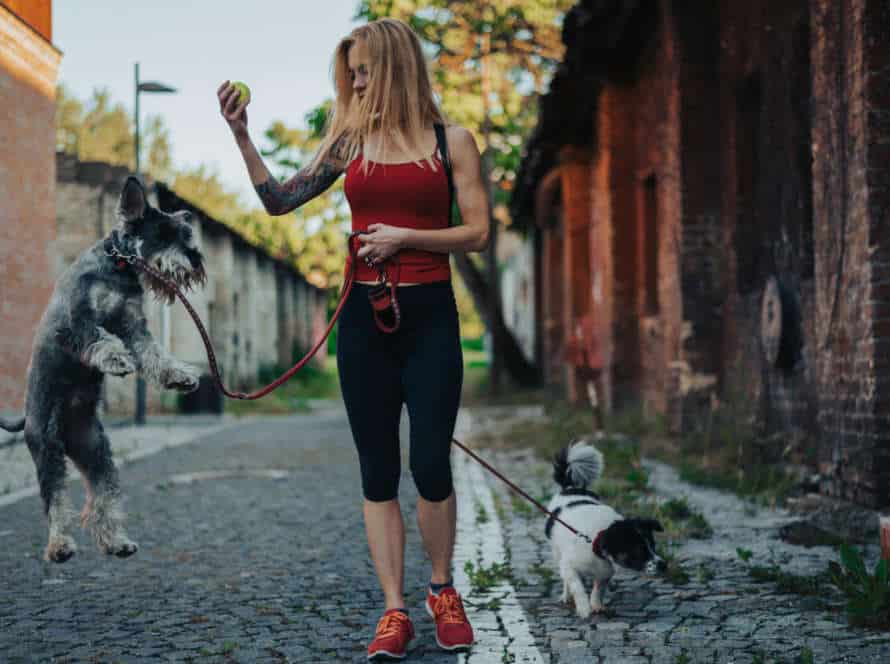Overcoming Common Crate Training Challenges
Crate training is a great way to keep your pet safe. Here are 3 tips that can help make the process easier:
- Introduce the crate gradually. Give treats, toys and meals inside the crate to make it a positive experience.
- Go at your pet’s pace. Don’t rush the process.
- Don’t use it for punishment or isolation. That can lead to negative associations and make training harder.
With these tips, crate training can become a positive experience for your pet and you can rest easy knowing they have a secure spot to go when they need it.
Section One – Fundamentals of Crate Training
Crate training is essential for raising pups. If done incorrectly, it can lead to behavioural issues that can be hard to fix. Let’s learn the basics of crate training!
- Create a positive environment.
- Introduce the puppy to the crate.
- Use positive reinforcement.
What is Crate Training and Why it is Important for Your Dog?
Crate training is an activity that teaches your pup to feel comfy and safe inside a small, enclosed space. This is essential for hounds as it helps with potty training, travel, and keeping them safe when not watched. Here are some basics of crate training:
- Size: Choose a crate that fits your dog’s breed and size. It should be large enough for them to stand, turn, and lie down easily.
- Introduce the crate: Introduce your doggy to the crate in a positive way with treats, toys, and praise.
- Gradual training: Increase the time your pup spends in the crate gradually, starting with short times and then going longer.
Common challenges such as barking, whining, and separation anxiety can be tackled with patience, repetition, and positive reinforcement.
Choosing the Right Crate for Your Dog’s Size and Breed
Before buying a crate for your furry pal, it’s key to choose the right size based on their breed and size. This will make them comfy during training or just chilling.
To link the crate to something positive, put in their favorite toys or cushion, reward them with treats, and let them enter and leave whenever they want.
Separation anxiety is common in puppies or newly adopted dogs. To help, create a daily routine and slowly increase their time in the crate. Also, don’t scold or punish them – this can scare them away from the crate.
To help them get used to the crate, cover it with a blanket, decrease the size, use a calming spray, or leave the door open. Be patient, supportive, and adjust to their needs for successful crate training.
Pro tip: Don’t cover the crate with heavy blankets. This can create too much heat and cause health issues, especially in hot weather. Pick a crate that allows ventilation.
Setting Up the Crate and Preparing Your Dog for Training
Crate training your pup? Start with the basics. Pick the right size crate based on breed and size. Place it somewhere your pup can see family and not have a lot of distractions.
Put treats and toys in the crate to make it comfortable. Start with the door open, and let them explore. Gradually increase the time they spend in there.
For common problems like separation anxiety, use positive reinforcement techniques. Encourage calm behavior and increase the time in the crate gradually. With patience and consistency, your pup will love their crate soon!
Section Two – Common Challenges of Crate Training
Crate training a pup can be tough, especially for new dog owners. Patience and dedication are key. Be consistent when training and there will be obstacles along the way. Let’s talk about some of these common challenges and how to beat them.
Separation Anxiety and Crate Training
Crate training can be great for your pup’s behavior, but it may come with some difficulties. Here’s how to tackle the most common ones:
- Separation anxiety: If your pet is anxious when apart from you, being in a crate can make this worse. Get them used to it by leaving the door open and putting their favorite toys and treats inside. Increase the amount of time they’re in there, rewarding them with praise and treats for good behavior.
- Whining/barking: Don’t let them out if they’re making noise. Distract them with treats or toys instead, or make the crate more comfortable with blankets and toys.
- Refusing to enter: Entice them with treats/toys. Feed them their meals in the crate to turn it into a positive experience.
With effort and patience, you can get your pup feeling relaxed in their crate.
Continuous Barking and Whining in the Crate
Continuous barking and whining in the crate can be a challenge while crate training your pup. But, follow these steps and you can improve your pup’s behavior:
- Make a Positive Connection: Put soft bedding, toys and treats in the crate to make it comfy and inviting. Give your pup a treat each time they enter or leave the crate.
- Try Gradual Training: Start with short durations and increase their time in the crate slowly. This will help them get used to it without feeling anxious.
- Ignore the Barking and Whining: If your pup barks or whines in the crate, don’t respond. Responding will only make them bark and whine more.
- Exercise: Give your pup enough exercise before placing them in the crate. Tired pups are less likely to show anxious behavior.
By following these tips, you and your pup can overcome crate training issues and make it a positive experience.
Fear or Aggression Towards the Crate
Crate training a pup can be challenging due to fear or aggression towards the crate. Signs include whining, growling, and pawing.
Here are tips to get through it:
- Introduce the crate gradually with treats and toys to make it a safe space.
- Don’t force or use it as a punishment.
- Increase time in the crate from short to longer periods.
- Give exercise and mental stimulation outside the crate to make it a place of rest.
- If fear or aggression persists, seek professional help.
Section Three – Overcoming Common Crate Training Challenges
Crate training is an awesome way to teach your pup. But, it can sometimes bring tough problems that appear hard to get past. This part will give some tips on how to successfully do crate training, no matter the breed of pup. Continue reading to learn more about popular crate training issues and how to beat them.
Gradual Introduction to the Crate
Crate-training your pup can be tricky. But if you introduce it gradually, it can be a breeze! Here are some tips to make the process easier:
- Put the crate in a spot that’s easy for your dog to access.
- Tempt your dog into the crate with treats or toys.
- When he goes in, give him treats and praise.
- Start with short times in the crate, and slowly increase.
- Never force your dog in or use the crate as punishment.
- Make the crate comfy with blankets and toys.
Be kind, patient, and consistent and your dog will learn to love his crate! Just remember, training takes time – so be persistent!
Training Your Dog to View the Crate as a Safe Space
Crate training your pup may involve a few challenges. But with patience and persistence, you can get through them! Here’s some common issues you may face:
- Whining: If your dog whines in the crate, don’t let them out until they are silent. Otherwise, they might think it’s a reward for crying!
- Chewing/Digging: If your pup does this, they could be bored or anxious. Give them toys or a treat-dispensing toy to keep them busy!
- Fear/Anxiety: Use calming pheromone sprays, leave some of your clothing in the crate, or play calming music to help your dog relax.
Remember, crate training takes time and patience. With regular training and positive reinforcement, your pup will learn to love their crate.
Pro tip: Never use the crate as punishment, as it can make your pup scared of it.
Using Positive Reinforcement and Rewards to Motivate Your Dog
Crate training your pup can be tricky. But, with positive reinforcement and rewards you can master these challenges.
If your dog whines or barks while in the crate, it’s common. Address this by increasing the time in the crate, using toys/treats to distract, and ignoring cries unless it’s an emergency.
If they refuse to enter the crate, use treats, verbal cues, and increase time inside until they’re comfy.
Having trouble? Get help from a pro trainer for extra guidance.
Pro tip: Be patient, consistent, and reward positive behavior to create good habits.
Section Four – Troubleshooting Crate Training Issues
Crate training is a fantastic way to help pup-parents potty-train their doggies and teach them to be more self-sufficient. But it’s not without difficulties. Luckily, there are some steps to take to solve any issues. Let’s talk about the common problems owners may experience and how to tackle them.
When Crate Training is Not Working
Crate training your pup can be beneficial for house-training, averting destructive behavior, and ensuring a secure and comfy spot for your pet. But, sometimes crate training might not go as planned and you need to find solutions to the most frequent challenges.
Some of these issues include:
- Anxiety and fear: If your dog is anxious or fearful inside the crate, it will make the training difficult. To beat this, you must desensitize your doggy to the crate and slowly increase the time they spend in the crate.
- Excessive barking: Your pup may bark, whine or howl when in the crate which can cause trouble for your neighbors. To beat this, you must use positive reinforcement to make your dog link the crate with good experiences.
- Refusal to get in: Your pup may refuse to enter the crate, making training impossible. To beat this, you must make the crate more alluring by keeping treats or toys inside and feeding your pup in the crate.
Troubleshooting these common issues can lead to successful crate training and a content pup.
Understanding Your Dog’s Behavior and Making Adjustments to Training Techniques
Crate training can be a great way to house train and give your dog a nice, safe space. But it’s common to have some issues during the process. Here are the most common ones and how to tackle them:
- Whining & Barking: This is often a sign of distress or discomfort. Instead of giving attention, try to distract them with a treat-dispensing toy or turn on background music to muffle outside noises.
- Refusing to Enter the Crate: Lure them in with treats and positive reinforcement. Start with short time periods and over time, increase the time they spend in the crate.
- Overcoming Fear of the Crate: Make the crate a happy place by feeding meals near it, adding a comfy bed and toys, and using a calming pheromone spray.
With patience and lots of positive reinforcement, you can overcome crate training challenges and give your pup a cozy spot! Pro tip: Always link the crate to good experiences, never use it as punishment.
Seeking Professional Help if Necessary
Crate training is a great way to teach your pup discipline, obedience, and peace. But, it can have challenges. If you face any issues, you might need professional help.
These are some common crate training difficulties:
- Barking, whining, or howling a lot
- Getting out or escaping the crate
- Not wanting to enter or stay in the crate
- Peeing or pooping in the crate
- Chewing, scratching, or digging in the crate.
If regular crate training techniques don’t work, you should get a dog trainer or animal behaviorist. They will find the cause and give you the tools to solve it.
Section Five – Maintaining Positive Crate Training Habits
Crate training is a must for pup’s education. It helps teach them to be chill and relaxed in their own space. But, if we don’t stay on top of it, bad habits can easily take hold. So, it’s important that we keep up with the good habits. This’ll make sure crate training is successful, and reduce the risk of behavioural issues!
Gradual Increase in Time Spent in the Crate
Gradual increases in crate time are important for good crate training. Here are some tips:
- Begin with short times (e.g. 10-15 minutes) while you’re home.
- Extend the time a bit each few days, by 5-10 minutes.
- Slowly move away from the crate when your dog is inside. Start by standing near it, then sit across the room.
- Reward your pup with treats and praise for entering and staying in the crate.
- Never punish them in the crate. Don’t keep them locked up for long, unless necessary.
These tips will help your pup see the crate as a positive and safe place.
Potty Training and Crate Use
Crate training your furry friend is essential for successful potty training. It is a great way to set rules, form boundaries, and make a comfy space for your pet to relax. Here are some common crate training issues, and how to tackle them:
Whining/crying: Do not give in to their demands. Wait for a period of quiet. Then, reward with treats and praise. Gradually increase the time they spend in the crate to help them adjust.
Accidents in the crate: Set up a potty routine. Go for a walk right before and after crating. Clean the crate with pet-safe products to prevent odors and bacteria.
Escape attempts: Get a strong, appropriate crate. If your dog still resists, contact a pro trainer or behaviorist.
Transitioning from the Crate to Sleeping Outside the Crate.
The move from the crate to sleeping outside can be tricky for both pup and owner. However, positive crate-training habits and tackling common challenges make the transition simpler. For a successful switch, here are some tips:
- Gradually increase the time spent outside the crate each night.
- Make sure bedding is comfy and provide a familiar toy to calm anxiety.
- Maintain a set bedtime routine and pick a sleep spot that’s quiet and distraction-free.
- Ensure your doggo has access to a secure outdoor area to use the loo and get some fresh air.
- If signs of fear or anxiety appear, seek professional help or opt for a natural calming aid.
- Remember that each pup is different; the process may take longer for some. Patience, consistency, and positive reinforcement are important for a successful transition from crate to bed outdoors.
Frequently Asked Questions
Q: My dog cries and barks when I leave them in their crate. What can I do to stop this?
A: This is a common issue when crate training dogs. You can try leaving your dog with a tasty treat or toy to occupy their time. Additionally, make sure they have had enough exercise and attention before being crated. Gradually increase the amount of time they spend in the crate and praise them when they remain calm.
Q: My dog doesn’t seem to like their crate. How can I make the crate more appealing to them?
A: Try making the crate a comfortable and cozy space for your dog. Add a soft bed, toy, or blanket. Make sure the crate is the appropriate size for your dog and that it is located in a quiet, low-traffic area of your home. You can also try feeding your dog in the crate to create a positive association with it.
Q: I’m worried my dog will have an accident in their crate. What can I do to prevent this?
A: Make sure your dog has had adequate opportunities to relieve themselves before being crated. Avoid leaving your dog in the crate for extended periods of time and provide regular potty breaks. If your dog has a history of accidents or is new to crate training, consider using a crate liner or pad to absorb any messes.
Q: My dog chews on their crate and destroys it. How can I stop this destructive behavior?
A: Destructive behavior is usually a sign of boredom or anxiety. Make sure your dog has plenty of toys to keep them occupied while in the crate. You can also try using a bitter apple spray on any areas your dog has chewed on. Gradually increase crate time and make sure your dog is receiving enough exercise and attention outside of the crate.
Q: My dog always tries to escape their crate. What can I do to prevent this?
A: Adult dogs should be crated with a secure locking mechanism. Double-check that the crate is the appropriate size for your dog and make sure it’s located in an area without distractions that may cause them to want to escape. Additionally, make sure your dog has been properly exercised and is not experiencing separation anxiety.
Q: Can my dog spend all day in their crate?
A: Dogs should not be left in their crates for extended periods of time. Puppies and young dogs can only hold their bladder for a few hours, while adult dogs should not be crated for more than 6-8 hours at a time. Make sure your dog has regular breaks outside of the crate and receives plenty of exercise and attention throughout the day.

